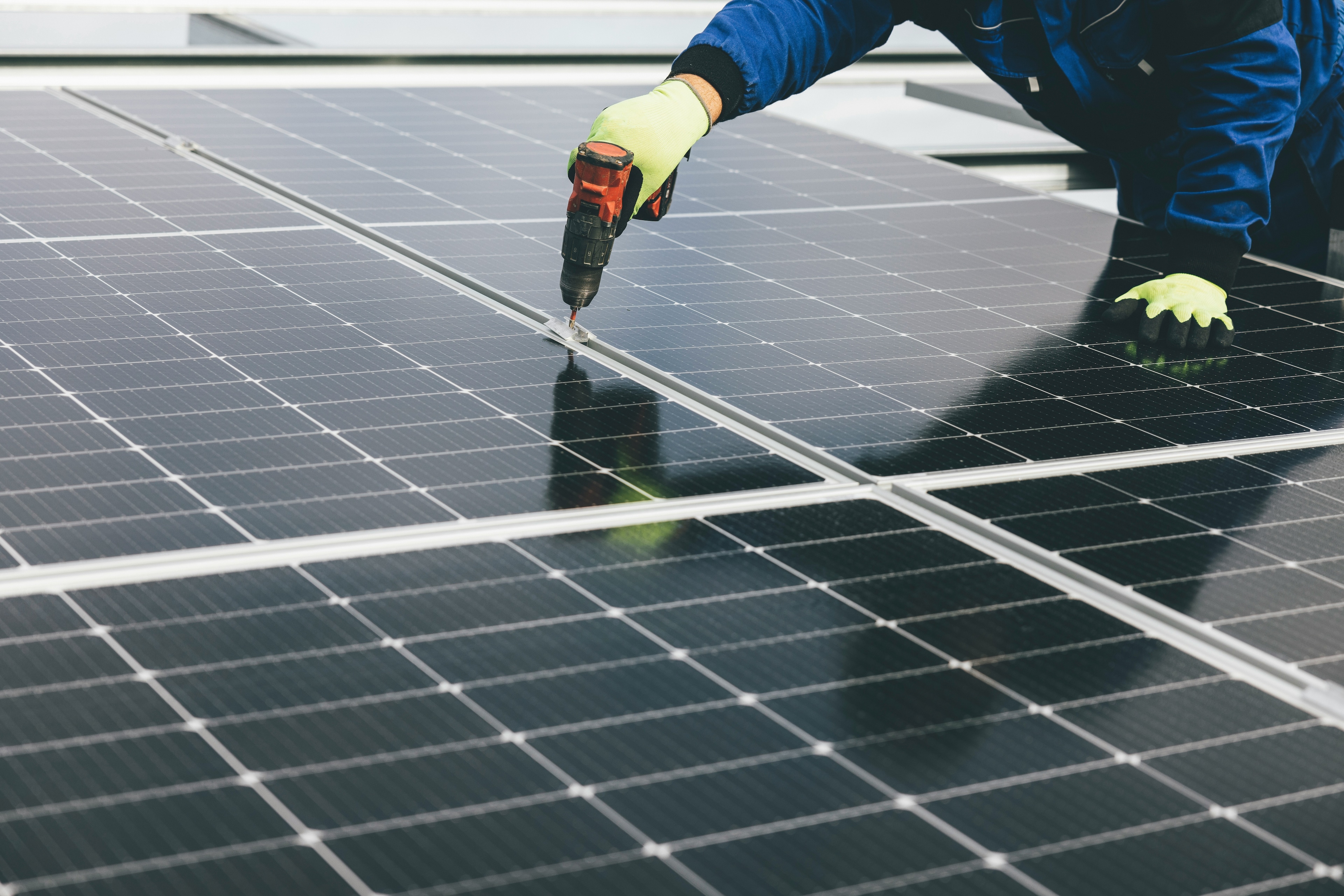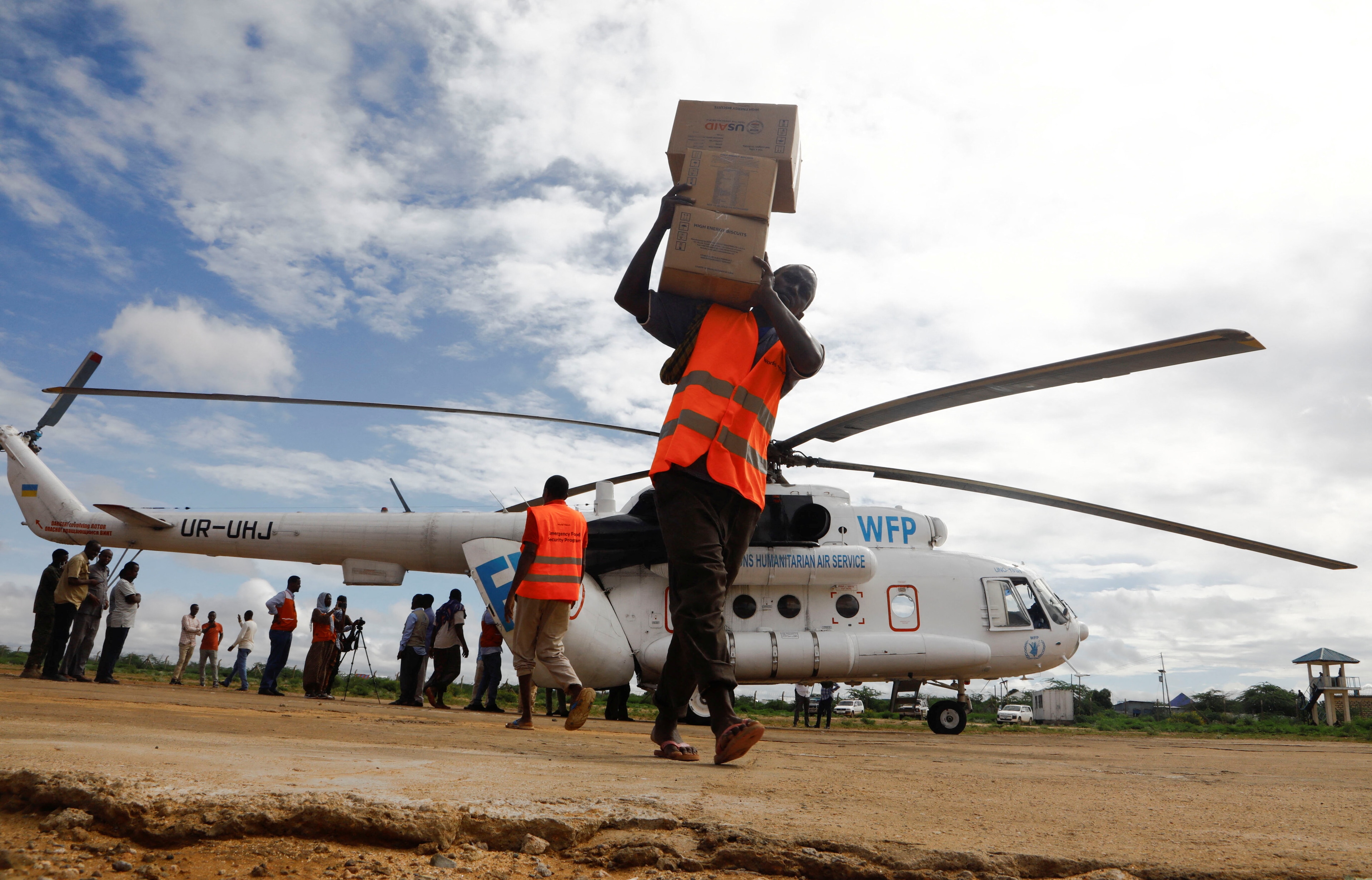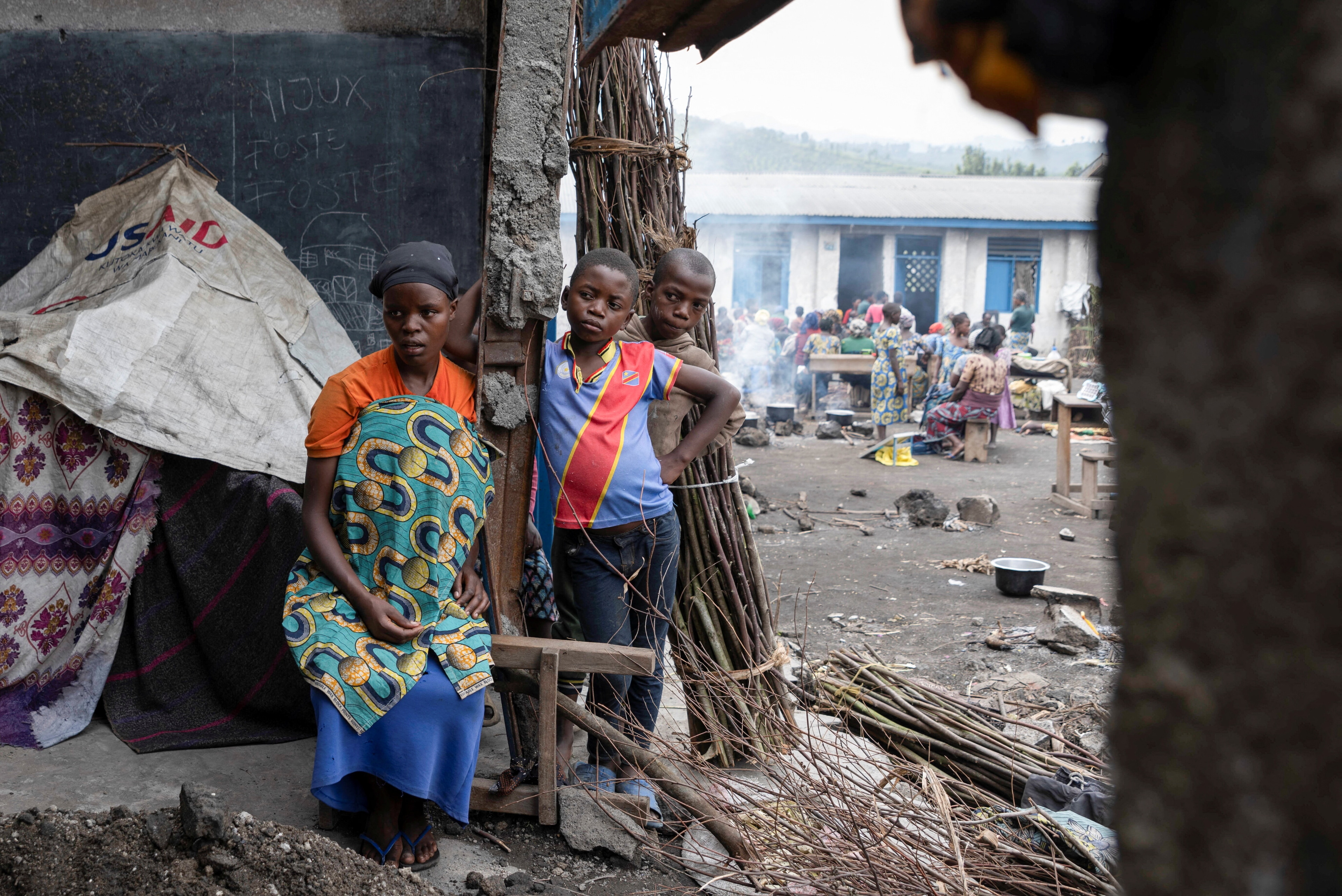Global defence spending is at a record high – 4 charts that show where the money goes

The US and China together account for half the world’s military spending
Image: REUTERS/Jason Lee
Stay up to date:
Fragility, Violence and Conflict
This article is part of the World Economic Forum's Geostrategy platform
Spending on the military last year amounted to $239 for every person on the planet, the latest research from the Stockholm International Peace Research Institute (SIPRI) shows.
Total military spending amounted to $1,822 billion in 2018, an increase of 2.6% from 2017.
The five biggest spenders were the United States, China, Saudi Arabia, India and France; together these countries accounted for 60% of global military spending last year.
The US spent more on its military for the first time since 2010; while spending by China grew for the 24th consecutive year.
Total global spending was up for the second consecutive year, to the highest level since 1988—the first year for which consistent global data is available. And world spending is now 76% higher than the post-cold war low in 1998. (All percentage changes are expressed in real terms at constant 2017 prices).

Military spending last year amounted 2.1% of the world’s gross domestic product (GDP), or $239 per person, SIPRI researchers say.
“In 2018 the USA and China accounted for half of the world’s military spending," said Dr Nan Tian, one of the authors of the report.
"The higher level of world military expenditure in 2018 is mainly the result of significant increases in spending by these two countries.”
The US and China lead increase in expenditure
US military spending grew—for the first time since 2010—by 4.6%, to reach $649 billion last year. And the US remained by far the largest spender in the world; and spent almost as much on its military in 2018 as the next eight largest-spending countries combined.
“The increase in US spending was driven by the implementation from 2017 of new arms procurement programmes under the Trump administration,” says Dr Aude Fleurant, the director of the SIPRI AMEX programme.

The second-largest spender was China, which increased its military expenditure by 5%, to $250 billion. This was the 24th consecutive yearly increase. China’s spending last year was almost 10 times higher than in 1994, and accounted for 14% of world military spending.
“Growth in Chinese military spending tracks the country’s overall economic growth,” said Tian. “China has allocated 1.9$ of its GDP to the military every year since 2013.”
Three decades of growth in military spending in Asia and Oceania
Military spending in Asia and Oceania has risen every year since 1988, and, at $507 billion, the region accounted for 28% of the global total last year. That compares with just 9% in 1988.
Spending by India was up by 3.1%, reaching $66.5 billion. Military expenditure by Pakistan grew by 11% (the same level of growth as in 2017), and reached $11.4 billion. South Korean spent $43.1 billion last year — an increase of 5.1% compared with 2017 and the highest annual increase since 2005.
“The tensions between countries in Asia as well as between China and the USA are major drivers for the continuing growth of military spending in the region,” said Siemon Wezeman, an author of the report.

Increases in Central and East European countries
Several countries in Central and Eastern Europe spent significantly more on their militaries last year, with Poland seeing a rise of 8.9%, to $11.6 billion, while Ukraine’s spending was up by 21% to $4.8 billion. Bulgaria, Latvia, Lithuania and Romania also spent more, ranging from 18% to 24%.
“The increases in Central and Eastern Europe are largely due to growing perceptions of a threat from Russia,” said Pieter Wezeman, a senior researcher with the SIPRI AMEX programme. “This is despite the fact that Russian military spending has fallen for the past two years.”
At $61.4 billion, Russian spending was the sixth highest in the world last year. Its spending was down 3.5% compared with 2017.

Other notable developments
- Military spending in South America rose by 3.1%. This was mainly due to the increase in Brazilian spending (by 5.1%), the second increase in as many years.
- Military expenditure in Africa fell by 8.4% in 2018, the fourth consecutive annual decrease since the peak in spending in 2014. There were major decreases in spending by Algeria (–6.1%), Angola (–18%) and Sudan (–49%).
- Spending by states in the Middle East for which data is available fell by 1.9% in 2018.
- Total expenditure by all 29 North Atlantic Treaty Organization members was $963 billion in 2018, which accounted for 53% of world spending.
- The largest absolute increase in spending last year was by the United States ($27.8 billion), while the biggest decrease was by Saudi Arabia (–$4.6 billion).
- Military spending in Turkey increased by 24% in 2018 to $19.0 billion, the highest annual percentage increase among the world’s top 15 military spenders.
- Six of the 10 countries with the highest military burden (military spending as a proportion of GDP) in the world in 2018 are in the Middle East: Saudi Arabia (8.8% of GDP), Oman (8.2%), Kuwait (5.1%), Lebanon (5%), Jordan (4.7%) and Israel (4.3%).
Trends in world military expenditure, 2018, Dr Nan Tian, Dr Aude Fleurant, Alexandra Kuimova, Pieter D. Wezeman and Siemon T. Wezeman, Stockholm International Peace Research Institute
Don't miss any update on this topic
Create a free account and access your personalized content collection with our latest publications and analyses.
License and Republishing
World Economic Forum articles may be republished in accordance with the Creative Commons Attribution-NonCommercial-NoDerivatives 4.0 International Public License, and in accordance with our Terms of Use.
The views expressed in this article are those of the author alone and not the World Economic Forum.
Related topics:
Forum Stories newsletter
Bringing you weekly curated insights and analysis on the global issues that matter.
More on Resilience, Peace and SecuritySee all
Charles Bourgault and Sarah Moin
August 19, 2025
Florian Krampe
July 31, 2025
Naoko Tochibayashi
July 28, 2025
Vanina Farber
July 21, 2025
Robert Piper
July 17, 2025
Resilience roundtable: How emerging markets can thrive amid geopolitical and geoeconomic uncertainty
Børge Brende, Bob Sternfels, Mohammed Al-Jadaan and Odile Françoise Renaud-Basso
July 9, 2025





